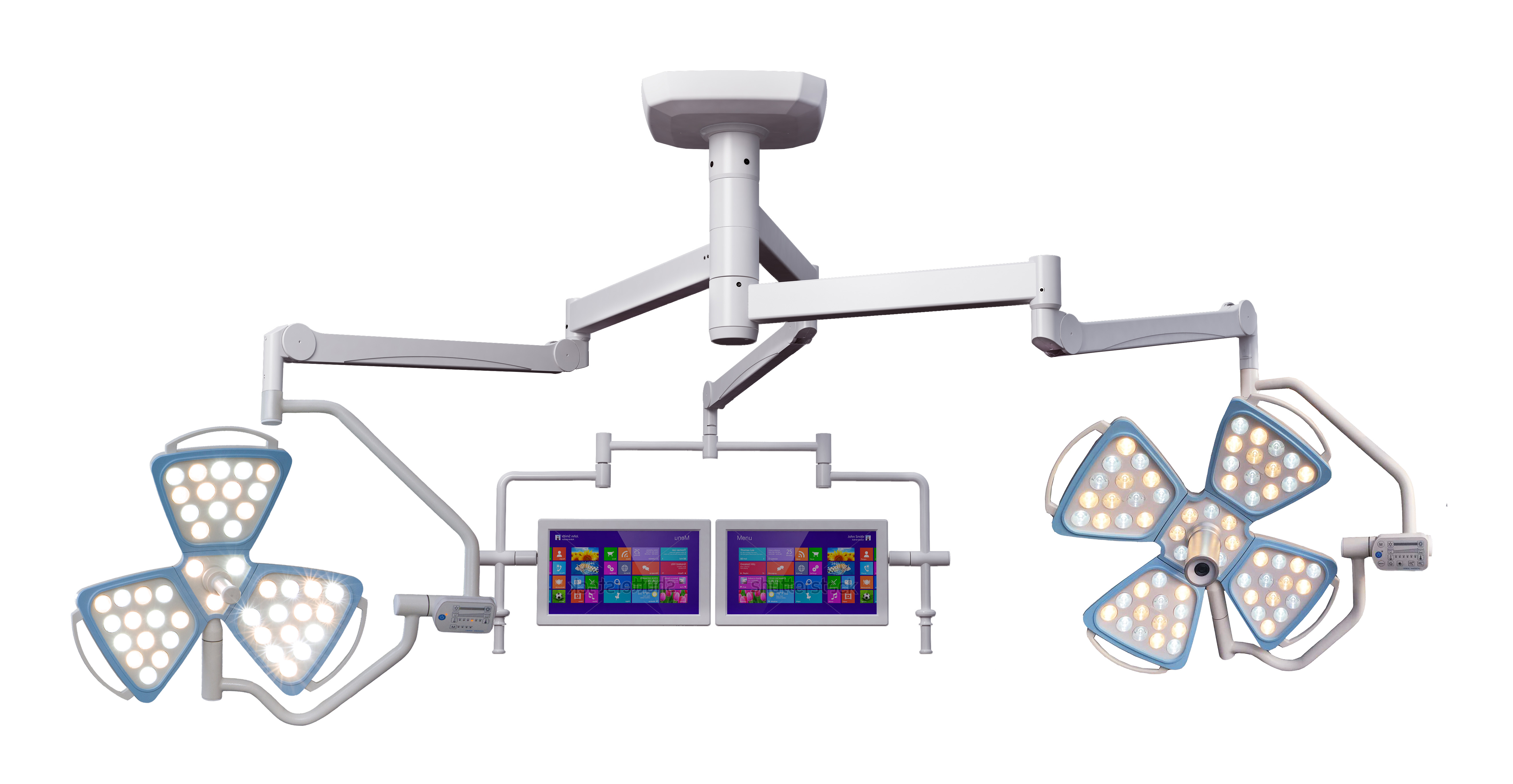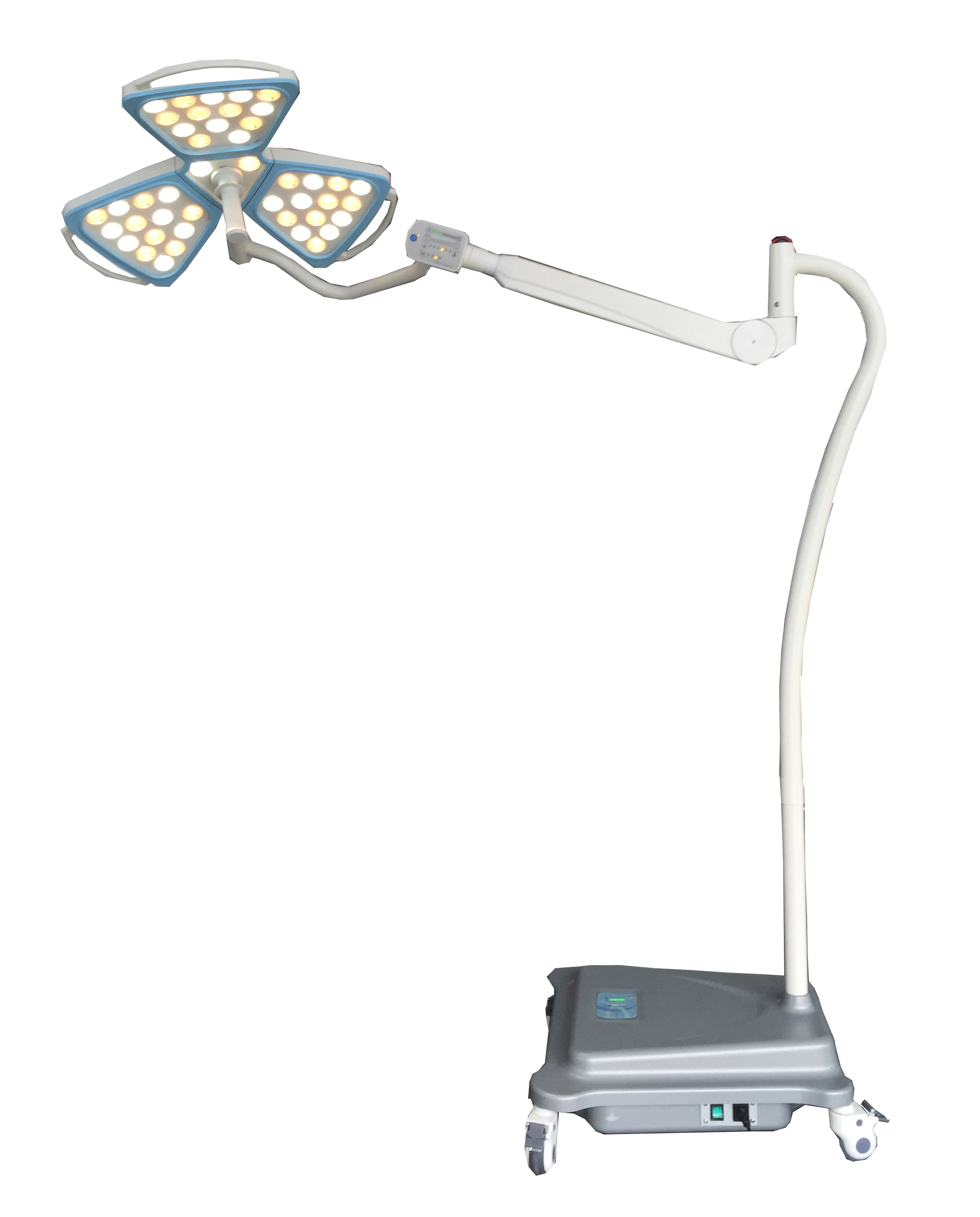
Scientific name: Trachycarpus fortunei (W. J. Hooker) Wendland
Common Name: Palm
Latin Name: Trachycarpus fortunei
Also Known As: palm tree, mountain brown
Classification: Palm Branch
Genus: Palm
Origin and Distribution:
Native to China, Japan, India, and Myanmar, this palm species is widely found in southern China. Its range extends from the southern part of Shaanxi Province down to Guangdong, Guangxi, and Yunnan, and it can also be found along the western border of Tibet and as far east as Shanghai and Zhejiang. The Yangtze River region is one of the most significant areas for its distribution, particularly within a 500 km radius of the upper reaches of the river.
Morphological Features:
This evergreen tree can grow up to 15 meters tall. It lacks a central root and instead has a dense root system. The trunk is cylindrical, upright, and unbranched, with old leaf bases that remain attached, forming a layer of dark brown fibrous sheaths. The leaves are large, clustered at the top of the trunk, and divided into long, narrow segments. The leaf segments are rigid, with a shallow tip, and the petioles are extremely long. The flowers are dioecious, appearing in May, pale yellow, and arranged in panicles. The fruit is kidney-shaped, initially blue, and turns dark brown when ripe between November and December.
Palms are primarily found in tropical and subtropical regions across both hemispheres. In China, cold-tolerant palm species are mainly cultivated in southern and eastern regions. However, these palms have faced challenges such as low-temperature damage in eastern China from winter 2004 to spring 2005, as well as serious pest infestations in southern China. As a result, they now face two main threats: fear of cold damage in the north and concern over pests in the south. According to experts, many of these issues can be avoided through proper introduction and management practices.
To better assess the cold tolerance of palm plants and the scientific approach to their northern introduction, Wu Guichang, Chairman of Guangdong Palm Garden (Group) Co., Ltd., organized a group of experts after the 2004–2005 freeze. This included Vice Chairman Wu Jinzhang of the Guangdong Garden Society, Dr. Bao Zhiyi from Zhejiang University's Institute of Horticulture Research, and 20 professionals from the Shanghai Garden Research Institute. They visited Shanghai to discuss the challenges of introducing cold-tolerant palms. The consensus was that several key points should be considered when moving palms northward.
First, the introduction of cold-tolerant palms should be limited. At the 2005 Southern Palm Association Annual Meeting, industry professionals from Guangdong, Hainan, and Fujian suggested that introductions should be restricted to areas south of the Yangtze River, based on current domestic varieties, planting conditions, and research findings.
Second, site conditions must be thoroughly evaluated, including the origin of the plant, latitude, altitude, water temperature, soil pH, and groundwater levels. Following the principle of "right plant, right place," selecting suitable palm varieties is essential. Before introduction, large-scale research should be conducted, and attention should be paid to species selection. For example, several hardy palms, such as Budi Coconut, Washington Palm, and Sabah Palm, have been successfully grown in Shanghai for seven years without any freezing damage.
Third, choosing high-quality seedlings is crucial. Even in similar climate zones, selecting plants that are well-suited to local conditions—such as those placed in sunny, sheltered locations—can help reduce frost damage. If poor-quality seedlings are already planted, regular maintenance can help prevent further damage. Adding phosphorus and potassium fertilizers in the fall, followed by reduced watering a few weeks later, helps increase cell concentration and improve cold resistance. In winter, artificial protection measures can significantly enhance survival rates. Some experts also suggest that while the best planting season for cold-tolerant palms is typically April to October, it’s advisable not to wait until October for planting in northern regions. Planting too late may leave roots vulnerable to freezing before they have time to establish themselves.
Flower Type LED Operating Lamp
The flower type surgical lamp is designed at 2016, when it was been pushed into the market, it has good echo from the customers, because the flower type surgical lamp outlook is different with normal round types lamps, its outlook is just like a flower, it is very beautiful , also can add beauty in the operation room, the flower type ot lamp change the normal condition for baldness operation room style, can make doctor and patients feel much difference; for the flower type surgery lamps specification, it is almost same as round type surgical lamp, in the first year, it also has good selling;
Flower type surgical lamp also has three types, ceiling types which include single dome, double dome , with camera or without camera; wall type and mobile type flower operation lamp;



LED Ot Lamp,LED Operation Lamp,LED Surgery Light,LED Surgical Light
Shandong Lewin Medical Equipment Co., Ltd. , https://www.lewinmed.com